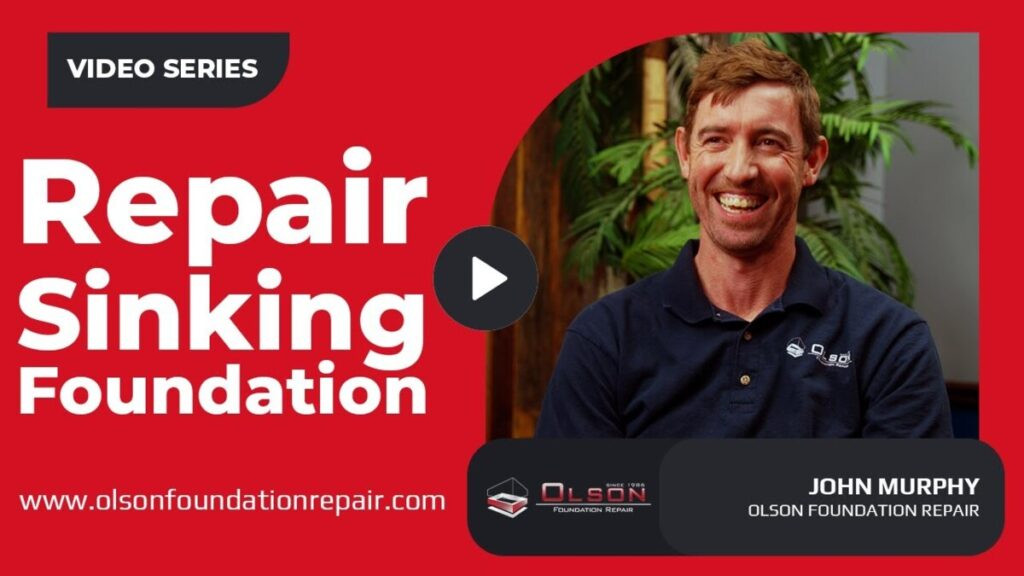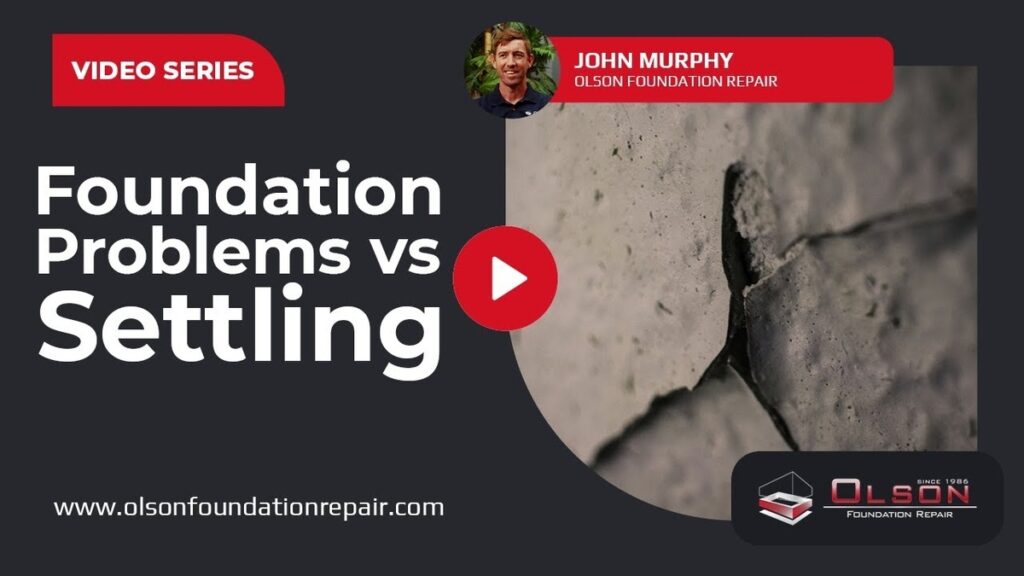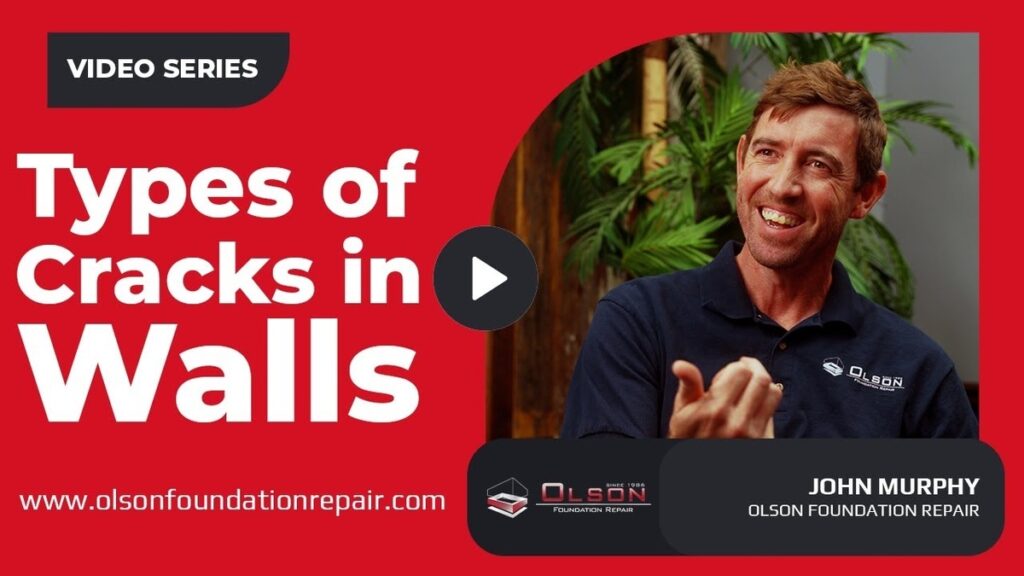What is the installation process of wall bracing for residential homes in Kansas City?
When we use the term, “wall bracing,” this is another way to describe installing I-beams or vertical wall restraints. This should give you a broad explanation of how we do this for homes struggling with interior movement and settling. Keep in mind that this is just a quick overview, but you can learn more about this type of foundation repair by reaching us for a free inspection.
The Process of Wall Bracing with Olson Foundation Repair
The first thing we do is examine the wall in question to determine the best way to space I-beams (equally) beneath it for support and stability. If, for example, a wall needs six wall braces, we would measure how to spread those equally throughout the wall.
For poured-concrete walls, you cannot space them out any more than six-by-six feet. Beams for cinder walls must remain within four feet apart because the coarse material shifts around much more.
Once we know where everything will go, we break into the floor, level the I-beam so that it goes in plum (from every vantage point). Then we install the I-beam into the floor and secure it to the floor joists and rafters. After that, we fill in any gaps with mortar and apply concrete around the beams.
Warranty Terms & Finished Basement Considerations
What are the warranty options for vertical wall restraints?
We offer a 10-year, transferable warranty for this project. This means that the warranty remains effective even for the next homeowner if you decide to sell your home. Plus, it’s very common for these to last at least 20 years.
This is as close to a permanent fix as possible, too. Your walls should not move around at all, provided the contractor installed them properly. You can count on that with us, which is why we confidently offer those warranties in the first place.
What about wall bracing for finished basements?
If you go into a house or finished basement with sheetrock ceilings (drop ceilings), we would normally have to open at least a one-foot section to install each I-beam. Most of the time, we have to remove the entire sheetrock if it’s compromised, though. There’s also framing in the way when we do this in basements. As much as possible, we like to keep that intact, but there’s no guarantee with every project.
Primary Benefits of Installing Vertical Wall Restraints
There are many substantial benefits involved with installing wall bracing when your home really needs it after structural damages. Here are a few of those advantages:
- If you own a very old home, especially with a cinder-block foundation, this can make an enormous difference. Many Kansas City homeowners with 100-year-old homes ask us to address problems with walls collapsing, and I-beams are often the only viable solution.
- This helps you keep home value, especially if you have a property you’d like to sell someday.
- Some of the basement cracks occur when the foundation is structurally unsound. Therefore, you can reverse that problem, and all the corresponding basement leaks, by installing vertical wall restraints.
Call Us Anytime to Learn All About Our Process of Wall Bracing for Kansas City Homes
So, whether you need a minor foundation fix, like epoxy injections, something moderately extensive, like drain-tile systems, or anything more elaborate, we can help. While we don’t like to force wall bracing and heavy excavation onto folks when there are simpler solutions, we’re happy to do whatever it takes to restore structural soundness.
Olson Foundation Repair enjoys an outstanding reputation as Kansas City’s best contractor for wall bracing, basement waterproofing, and more. Most of our work involves helping local families regain their peace of mind and not fret over home stability any longer.
Contact us anytime if you have further questions regarding our process of wall bracing for permanent foundation restoration.




